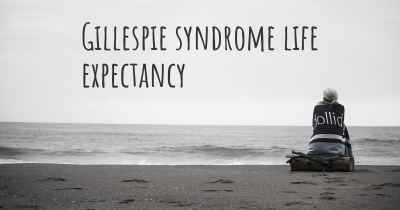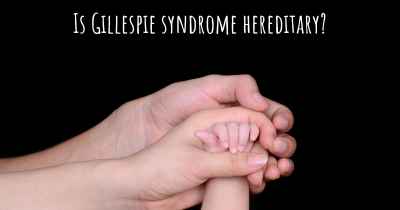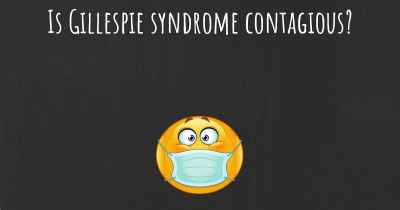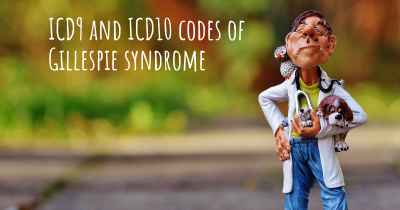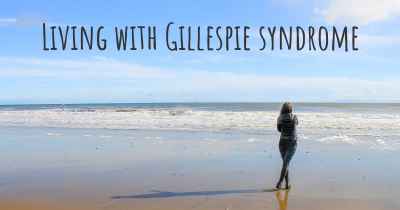Which are the symptoms of Gillespie syndrome?
See the worst symptoms of affected by Gillespie syndrome here

Symptoms of Gillespie Syndrome
Gillespie syndrome is a rare genetic disorder that affects the development of the eyes and causes various neurological symptoms. It is characterized by a combination of eye movement abnormalities, intellectual disability, and other physical and developmental challenges. The symptoms of Gillespie syndrome can vary in severity and may present differently in each affected individual.
Eye Movement Abnormalities
One of the hallmark features of Gillespie syndrome is the presence of eye movement abnormalities. Individuals with this condition often have limited or absent eye movements, which is known as oculomotor apraxia. This means that they have difficulty moving their eyes in a coordinated manner, leading to jerky or unsteady eye movements. Oculomotor apraxia can significantly impact visual function and may cause problems with tasks that require tracking or following objects with the eyes.
Intellectual Disability
Intellectual disability is another common symptom of Gillespie syndrome. Individuals with this condition typically have below-average intellectual functioning and may experience delays in reaching developmental milestones. The severity of intellectual disability can vary widely, ranging from mild to severe. It can affect various aspects of cognitive function, including learning, problem-solving, and communication skills.
Delayed Development
Gillespie syndrome can cause delayed development in affected individuals. This may manifest as delays in acquiring motor skills, such as sitting, crawling, or walking. Speech and language development may also be delayed, with affected individuals having difficulty expressing themselves verbally or understanding spoken language. Additionally, individuals with Gillespie syndrome may exhibit delays in social and emotional development.
Distinct Facial Features
Some individuals with Gillespie syndrome may have distinctive facial features that can aid in diagnosis. These features can include a broad nasal bridge, a wide mouth, a prominent upper lip, and a small chin. However, it is important to note that not all individuals with Gillespie syndrome will have these facial characteristics, and their presence can vary among affected individuals.
Hypotonia
Hypotonia, or low muscle tone, is commonly observed in individuals with Gillespie syndrome. This can result in decreased muscle strength and coordination, leading to difficulties with motor skills and mobility. Hypotonia may also contribute to joint hypermobility, where the joints have an unusually large range of motion. These physical challenges can impact an individual's ability to perform daily activities and may require supportive interventions.
Other Possible Symptoms
In addition to the core symptoms mentioned above, Gillespie syndrome may be associated with other features that can vary among affected individuals. These may include:
- Seizures: Some individuals with Gillespie syndrome may experience seizures, which are abnormal electrical activities in the brain.
- Behavioral issues: Behavioral problems, such as attention deficit hyperactivity disorder (ADHD) or autism spectrum disorder (ASD), may be present in some individuals.
- Hearing loss: Sensorineural hearing loss, which affects the inner ear or auditory nerve, has been reported in a small number of individuals with Gillespie syndrome.
- Structural brain abnormalities: In rare cases, structural abnormalities in the brain, such as cerebellar hypoplasia or ventriculomegaly, may be observed.
It is important to note that the symptoms and their severity can vary widely among individuals with Gillespie syndrome. Some individuals may experience only mild symptoms, while others may have more significant challenges affecting their daily lives. Early diagnosis and intervention can help manage the symptoms and improve the quality of life for individuals with Gillespie syndrome.
Posted Mar 11, 2017 by Shalana 1000
